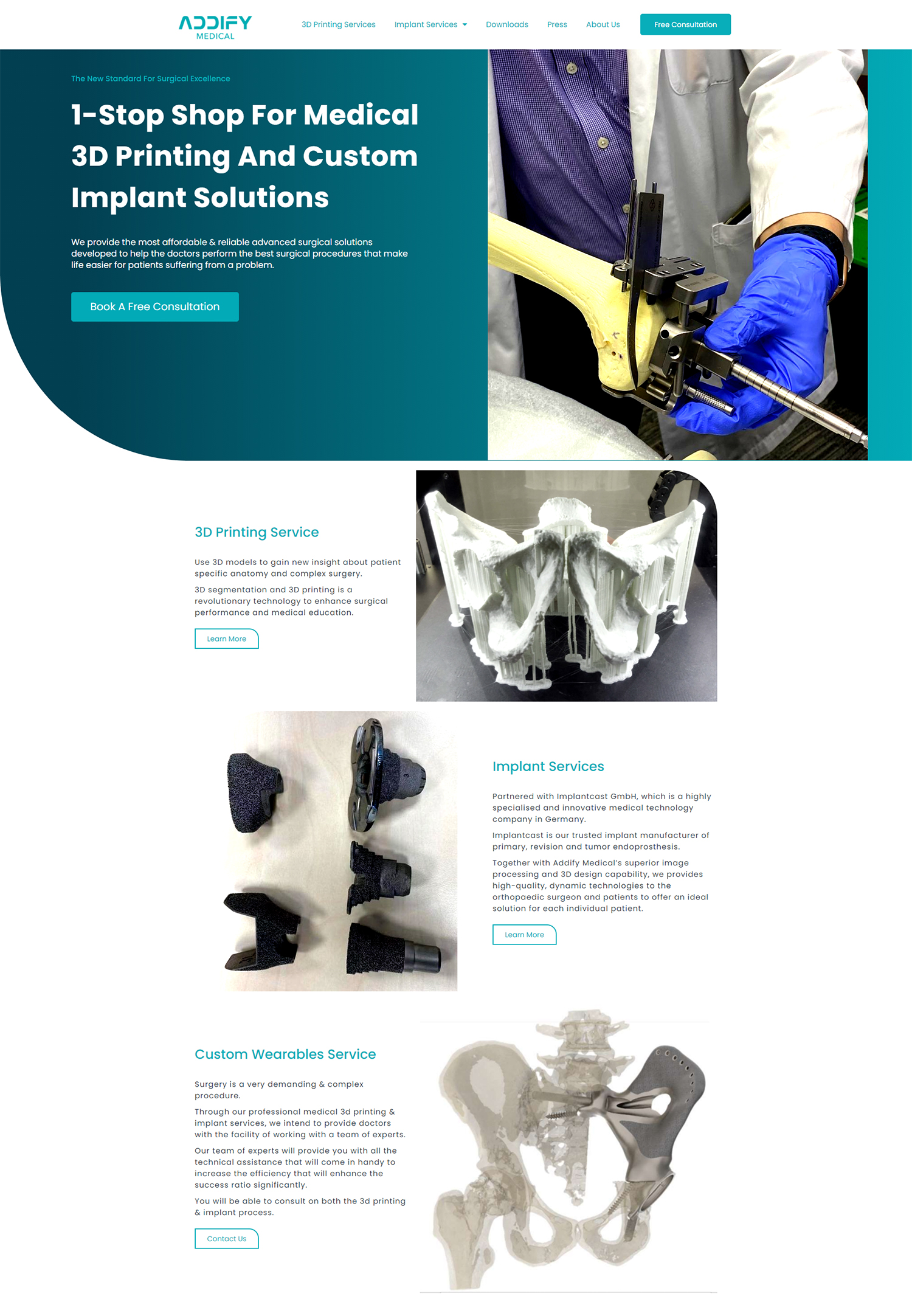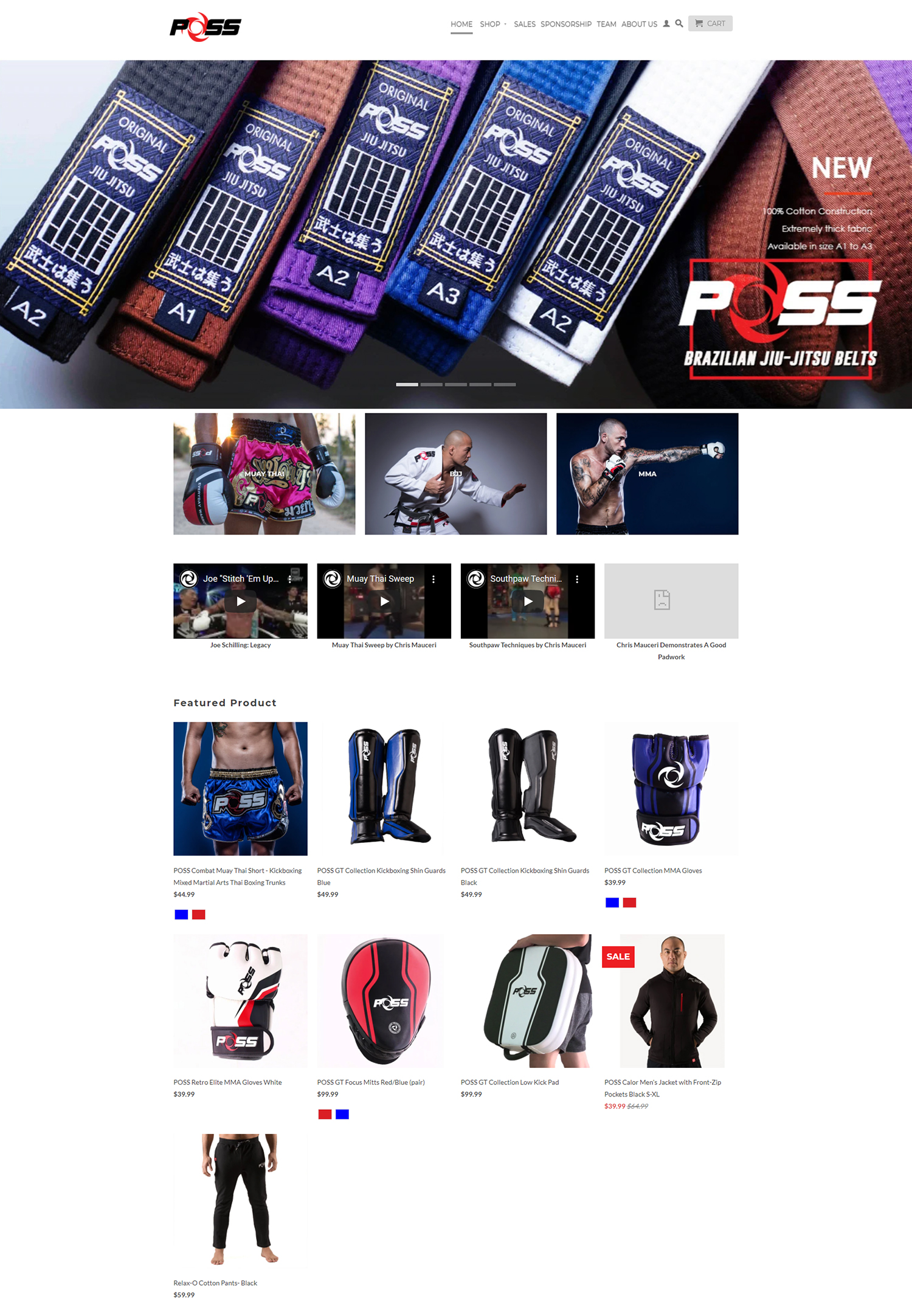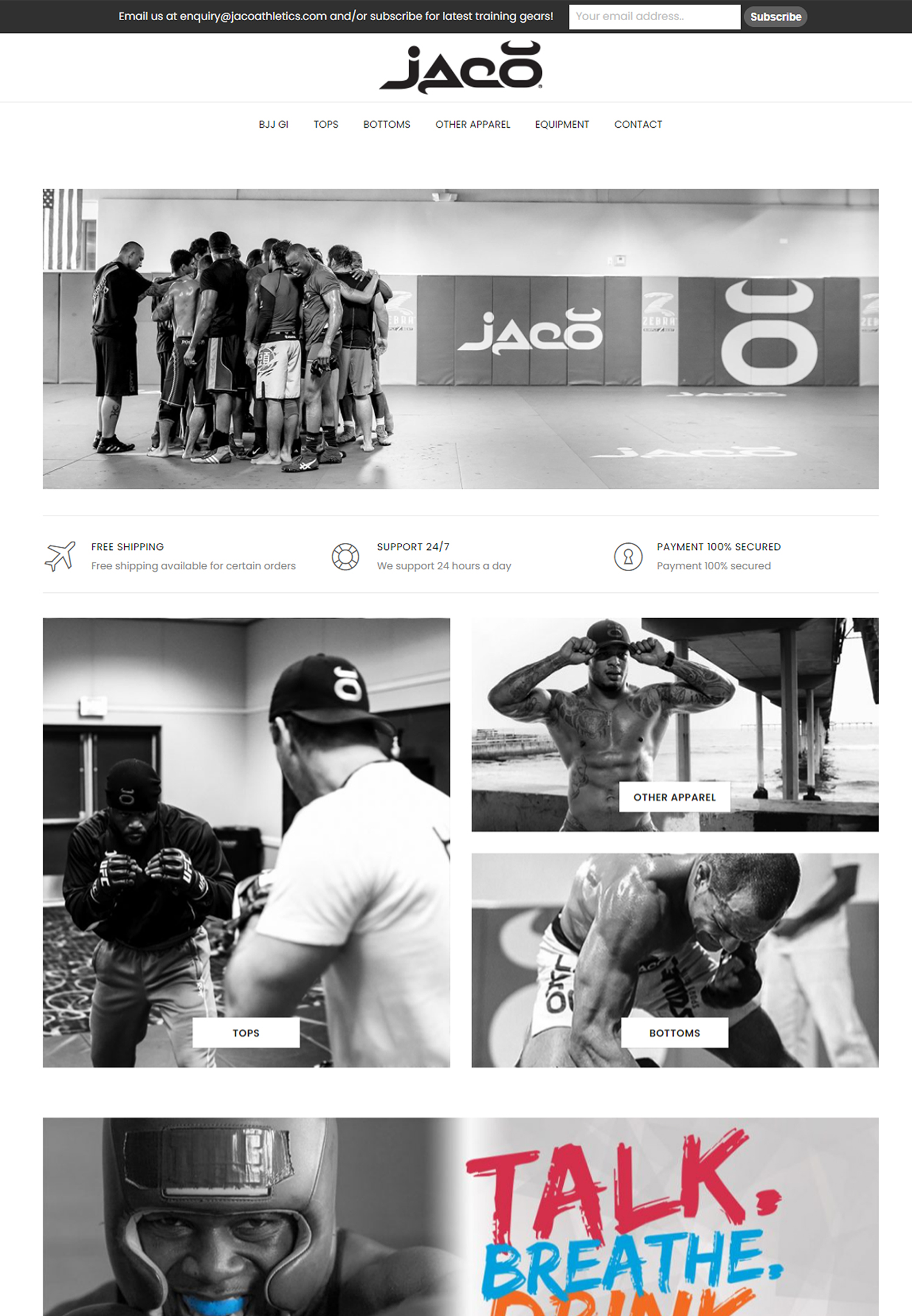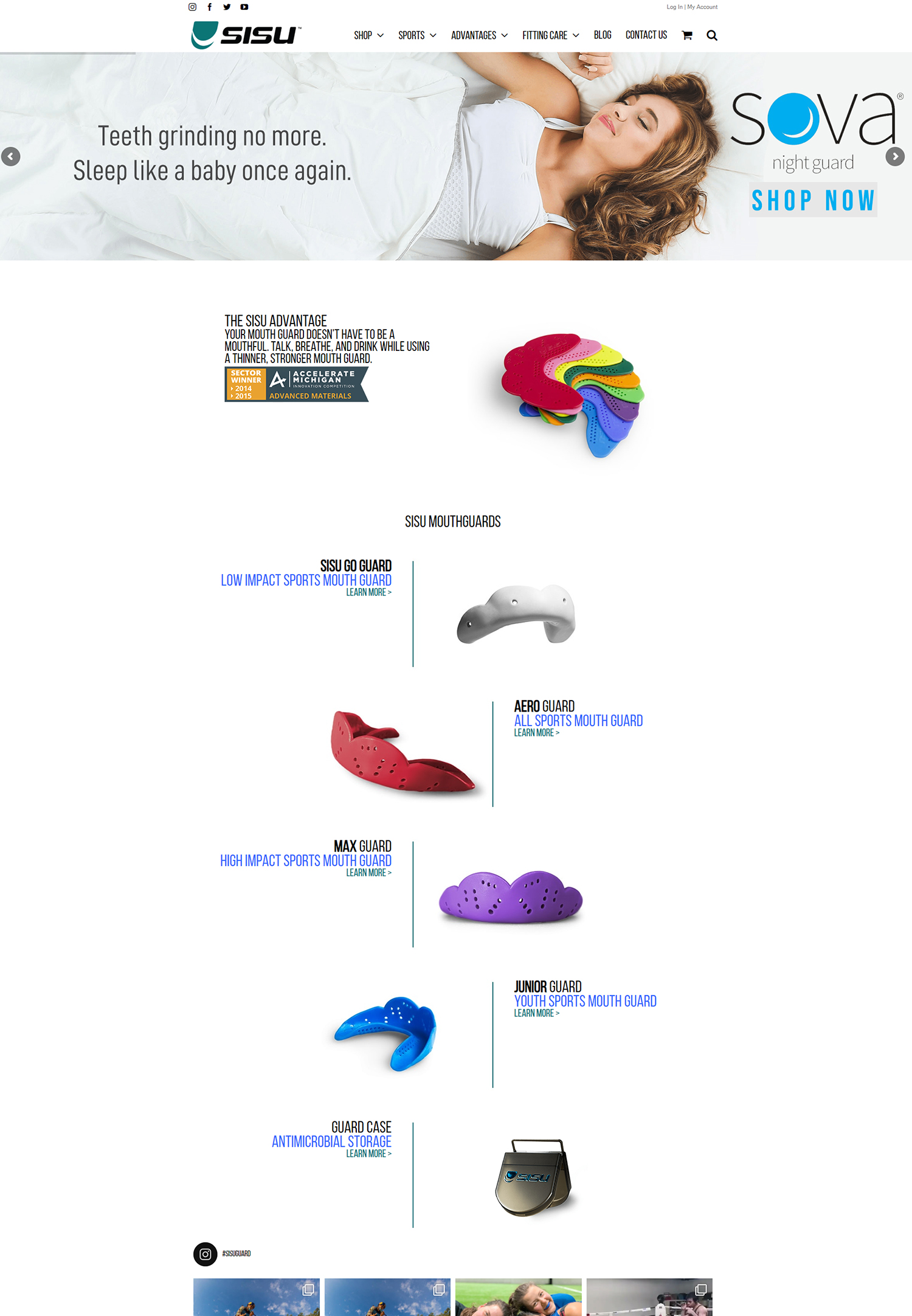In the ever-evolving landscape of digital marketing, performance-based strategies have emerged as a cornerstone for businesses seeking measurable results. This approach emphasizes accountability and results, allowing us to focus our efforts on campaigns that yield tangible outcomes. Unlike traditional marketing methods, which often rely on broad metrics like brand awareness or reach, performance-based digital marketing hones in on specific actions taken by consumers, such as clicks, conversions, or sales.
By aligning our marketing efforts with these quantifiable results, we can better allocate resources and optimize our strategies to ensure that every dollar spent contributes to our overall objectives. Moreover, performance-based digital marketing fosters a culture of transparency and adaptability. As we engage in this type of marketing, we are compelled to continuously monitor and analyze our campaigns, making real-time adjustments based on performance data.
This iterative process not only enhances our understanding of what resonates with our audience but also allows us to pivot quickly in response to changing market conditions. By embracing this dynamic approach, we can cultivate a more agile marketing strategy that is responsive to consumer behavior and preferences, ultimately driving better results for our businesses.
Key Takeaways
- Performance-based digital marketing focuses on achieving specific, measurable results such as leads, sales, or website traffic.
- Setting clear and measurable goals is essential for evaluating the success of digital marketing campaigns and making data-driven decisions.
- Utilizing data and analytics helps in understanding customer behavior, identifying trends, and optimizing marketing strategies for better results.
- Targeting the right audience ensures that marketing efforts are directed towards potential customers who are more likely to convert.
- Optimizing campaigns for maximum ROI involves refining strategies, improving targeting, and allocating resources effectively to achieve the best possible results.
- Continuous testing and improvement are crucial for staying ahead in the digital marketing landscape and adapting to changing consumer preferences and market trends.
Setting Clear and Measurable Goals
Defining Success in Digital Marketing
Establishing clear and measurable goals is a fundamental step in the performance-based digital marketing journey. Without well-defined objectives, we risk embarking on a marketing campaign that lacks direction and purpose. To set effective goals, we must first identify what success looks like for our organization. This could range from increasing website traffic and generating leads to boosting sales or enhancing customer engagement.
Creating a Roadmap for Success
By articulating specific targets, we create a roadmap that guides our marketing efforts and provides a benchmark against which we can measure progress. In addition to clarity, our goals must also be measurable. This means incorporating quantifiable metrics that allow us to track our performance over time. For instance, instead of simply aiming to “increase sales,” we might set a goal to achieve a 20% increase in sales over the next quarter.
Measuring Progress and Evaluating Success
By establishing such concrete targets, we can evaluate the effectiveness of our campaigns and make informed decisions about where to allocate resources. Furthermore, having measurable goals enables us to celebrate successes and identify areas for improvement, fostering a culture of accountability within our marketing team.
Utilizing Data and Analytics
In the realm of performance-based digital marketing, data and analytics serve as invaluable tools that empower us to make informed decisions. By harnessing the power of data, we can gain insights into consumer behavior, preferences, and trends that inform our marketing strategies. This wealth of information allows us to identify which channels are most effective for reaching our target audience and which messages resonate best with them.
As we delve into the data, we uncover patterns that guide our campaign development and execution, ensuring that our efforts are aligned with the needs and desires of our customers. Moreover, analytics enable us to measure the success of our campaigns in real-time. By tracking key performance indicators (KPIs) such as click-through rates, conversion rates, and return on investment (ROI), we can assess the effectiveness of our strategies and make data-driven adjustments as needed.
This level of insight not only enhances our ability to optimize campaigns but also fosters a culture of continuous improvement within our organization. As we become more adept at interpreting data, we can refine our targeting efforts, enhance customer experiences, and ultimately drive better results for our business.
Targeting the Right Audience
| Metrics | Definition | Importance |
|---|---|---|
| Reach | The total number of unique people who see your content | Helps in expanding brand awareness |
| Engagement | The level of interaction and involvement with your content | Indicates audience interest and connection |
| Conversion Rate | The percentage of audience who take a desired action | Measures effectiveness of targeting |
| Demographics | Characteristics of the audience such as age, gender, income, etc. | Helps in creating targeted content |
One of the most critical aspects of performance-based digital marketing is the ability to target the right audience effectively. In a world saturated with information and advertising, reaching the right consumers is paramount to achieving success. To do this, we must first develop a deep understanding of our target audience’s demographics, interests, behaviors, and pain points.
By creating detailed buyer personas, we can tailor our messaging and campaigns to resonate with specific segments of the market, ensuring that our efforts are not wasted on those who are unlikely to convert. Additionally, leveraging advanced targeting techniques allows us to refine our audience segmentation further. Tools such as social media advertising platforms and programmatic advertising enable us to reach potential customers based on their online behavior and preferences.
By utilizing these technologies, we can deliver personalized content that speaks directly to the needs of our audience, increasing the likelihood of engagement and conversion. As we hone in on the right audience, we not only improve the efficiency of our marketing spend but also enhance the overall customer experience by delivering relevant messages at the right time.
Optimizing Campaigns for Maximum ROI
To maximize return on investment (ROI) in performance-based digital marketing, we must adopt a proactive approach to campaign optimization. This involves continuously analyzing campaign performance data to identify areas for improvement and implementing changes that enhance effectiveness. For instance, if we notice that certain ad creatives are underperforming compared to others, we can conduct A/B testing to determine which elements resonate best with our audience.
By systematically refining our campaigns based on data-driven insights, we can ensure that every aspect of our marketing efforts is geared toward achieving optimal results. Furthermore, optimizing campaigns extends beyond just ad creatives; it encompasses various elements such as targeting strategies, bidding methods, and landing page experiences. By regularly reviewing these components and making necessary adjustments, we can create a seamless customer journey that encourages conversions.
For example, if we find that users are dropping off at a particular stage in the conversion funnel, we can investigate potential barriers and implement solutions to enhance user experience. Ultimately, by prioritizing optimization throughout the campaign lifecycle, we position ourselves for sustained success in performance-based digital marketing.
Continuous Testing and Improvement
The journey of performance-based digital marketing is one characterized by continuous testing and improvement. In an environment where consumer preferences and market dynamics are constantly shifting, adopting a mindset of experimentation is essential for staying ahead of the curve. By embracing a culture of testing—whether through A/B tests on ad creatives or multivariate tests on landing pages—we can gather valuable insights that inform our strategies moving forward.
This iterative process not only helps us identify what works best but also fosters innovation within our marketing team as we explore new ideas and approaches. Moreover, continuous improvement is not just about making incremental changes; it’s about being open to learning from both successes and failures. Each campaign provides an opportunity for reflection and growth as we analyze what drove positive results or what fell short of expectations.
By documenting these learnings and sharing them across our organization, we create a knowledge base that informs future campaigns and enhances overall performance. In this way, continuous testing and improvement become integral components of our performance-based digital marketing strategy, ensuring that we remain agile and responsive in an ever-changing landscape while consistently striving for excellence in all our endeavors.
If you’re interested in enhancing your Facebook page’s performance and engagement, you might find the article “Top 7 Best Content for Facebook Pages” particularly useful. It provides insights and tips on the types of content that can maximize your page’s effectiveness, which is crucial for performance-based digital marketing strategies. You can read more about it by visiting Top 7 Best Content for Facebook Pages. This guide will help you understand what attracts audiences and encourages interaction, which is key to increasing your digital marketing success.
FAQs
What is performance based digital marketing?
Performance based digital marketing is a type of online advertising where the advertiser only pays for the marketing efforts that result in a specific action, such as a click, lead, or sale. This model allows for more accountability and transparency in measuring the success of marketing campaigns.
What are the benefits of performance based digital marketing?
Some benefits of performance based digital marketing include lower risk for the advertiser, as they only pay for actual results, increased accountability and transparency, and the ability to track and measure the success of marketing efforts more accurately.
What are some common pricing models used in performance based digital marketing?
Common pricing models used in performance based digital marketing include cost per click (CPC), cost per lead (CPL), cost per acquisition (CPA), and revenue share. These models allow advertisers to align their marketing spend with specific business goals and objectives.
What are some key metrics used to measure the performance of digital marketing campaigns?
Key metrics used to measure the performance of digital marketing campaigns include click-through rate (CTR), conversion rate, return on ad spend (ROAS), cost per acquisition (CPA), and customer lifetime value (CLV). These metrics help advertisers understand the effectiveness of their marketing efforts and make data-driven decisions.
How can businesses optimize their performance based digital marketing campaigns?
Businesses can optimize their performance based digital marketing campaigns by continuously testing and refining their targeting, messaging, and creative assets, leveraging data and analytics to make informed decisions, and collaborating with experienced digital marketing partners to maximize results.






























